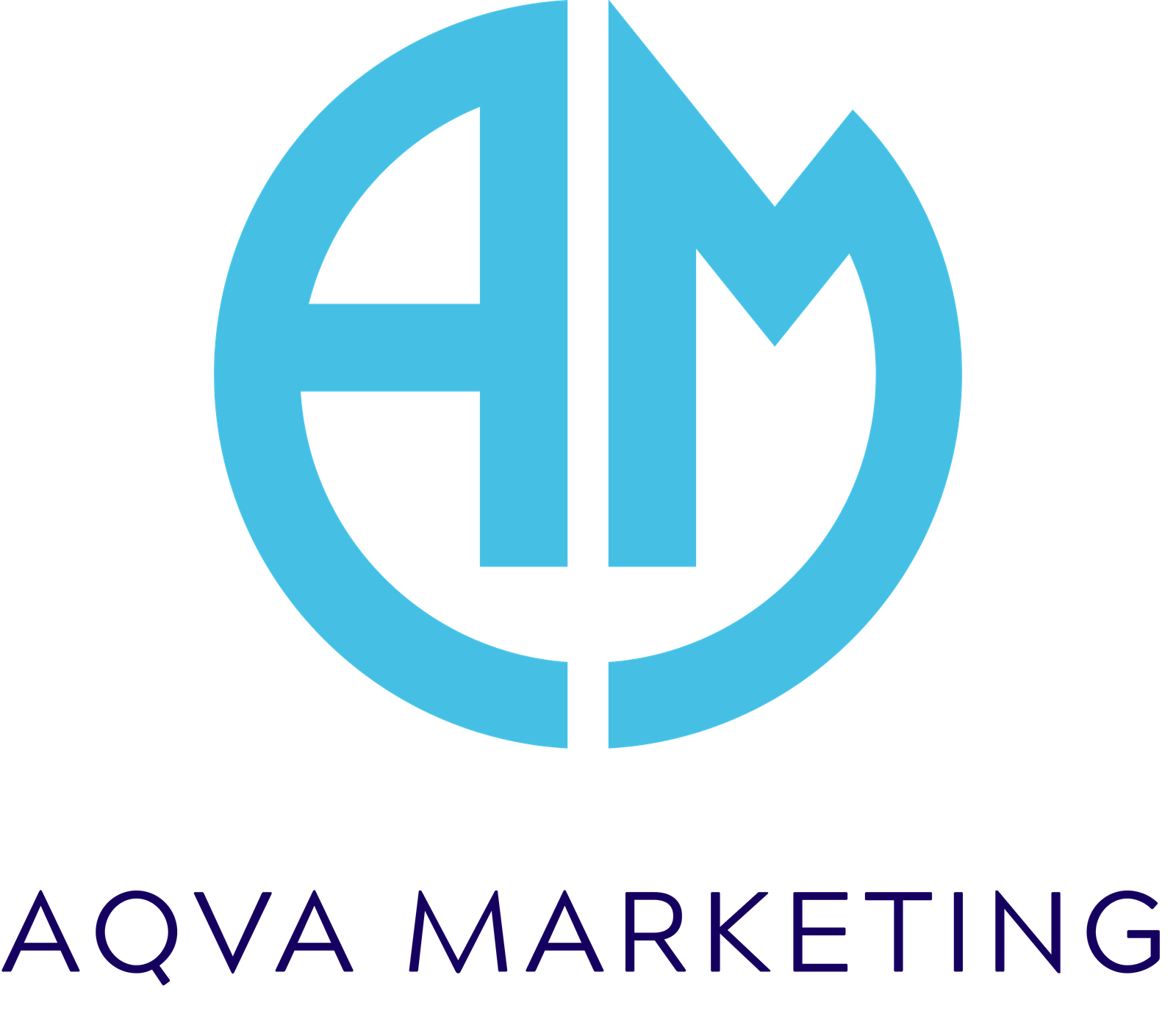
Doing A/B testing is non-negotiable if you are running digital marketing campaigns.
I can’t emphasize this more.
I know that’s a bold claim. But I’ve seen it too many times. Brands pour cash into ads, emails, websites… and then wonder why conversions aren’t clicking.
The truth is that what you think will work isn’t always what actually works.
And that’s where A/B testing becomes your superpower.
What Really is A/B Testing?
A/B testing is simply putting two versions of something in front of people to see which performs better.
It’s like this:
You’re about to send out a newsletter. You’ve got two subject lines.
Subject Line A: “Don’t Miss Out On This Week’s Offer”
Subject Line B: “🔥 48 Hours Left to Save Big”
You split your email list. Half gets A, and half gets B.
Whichever subject line gets more opens is your winner.
Now apply that same logic to landing pages, call-to-action buttons, ad creatives, and even the color of a damn button. And you’ve got yourself the most underrated weapon in digital marketing.
Why You Should Care About A/B Testing
Here’s why A/B testing isn’t just “nice to have”, but essential:
- You stop guessing and start knowing. No more of “I think this design looks better” nonsense.
- You improve conversions incrementally. Even a 1% increase, if done consistently, compounds over time.
- You understand your audience deeply. They’ll show you what works, only if you’re willing to listen.
Fact:
A small tweak—a button color, headline wording, or a layout shift—can lead to double-digit increases in conversions.
Example:
When HubSpot A/B tested a simple CTA button (“Download Now” vs. “Get Your Free Guide”), the second version increased conversion rates by over 25%.
Real Examples of A/B Testing That Blew Minds

Let me bring this to life with real numbers and real brands:
1. Barack Obama’s 2008 Presidential Campaign
They tested different combinations of media (images, videos) and CTA buttons on their donation landing page.
The result?
💰 40% more sign-ups
💰 $75 million more in donations
Not bad for a few button tweaks, huh?
2. Bing Changed the Color Blue
Microsoft’s Bing tested 50 shades of blue (yes, really) for their links.
The shade that got the most clicks?
Generated an estimated $80 million more in annual revenue.
All. Because. Of. Color.
3. Unbounce’s 90% Conversion Lift
They changed a headline on their landing page from something generic to a benefit-driven statement.
The result?
🔼 A 90% jump in conversions.
So yeah—this isn’t just theory. This stuff works.
So… What Can You A/B Test?
Here’s a quick-hit list:
| Element | Examples to Test |
| Headlines | Short vs long, emotional vs logical |
| CTAs | “Buy Now” vs “Get Yours Today” |
| Button Colors | Red vs green vs orange |
| Images | Stock photo vs product in action |
| Layout | Text-heavy vs image-first |
| Ad Copy | Humor vs authority |
| Email Subject Lines | Emojis vs none, urgency vs curiosity |
Testing isn’t just about design, it’s about messaging, tone, structure, and emotion.
The Right Way to Run an A/B Test
Here’s how to do it the right way.
1. Know What You’re Testing and Why
Pick one goal and not ten.
Want more clicks, then test the headline.
If you want more purchases then you need to test the CTA.
🎯 Focus is your friend.
2. Test One Variable at a Time
Don’t change five things at once and expect clarity.
If you test the CTA, then keep everything else identical.
3. Split Your Audience Randomly
Use tools like Google Optimize, Optimizely, or Convert to do this automatically.
4. Let It Run (Patience, Please)
You need enough traffic to get statistically significant results.
Running a test for 24 hours with just 15 visitors doesn’t count.
5. Analyze and Decide
Once the data rolls in, don’t just look at clicks. Look at bounce rates, scroll depth, form submissions—the real engagement metrics.
Mistakes You Will Make (Unless You Read This)
Let’s not sugarcoat it. A/B testing sounds simple, but there are landmines.
🚫 Stopping the test too soon
You see one version doing slightly better and call it a day. That’s emotional decision-making, not data-driven.
🚫 Testing meaningless things
No one cares if your button is light blue or sky blue unless that really impacts conversion. Focus on big levers.
🚫 Expecting massive wins every time
Sometimes you’ll test and get a 0.3% lift. But that’s fine. You’re optimizing, not pulling lottery tickets.
How A/B Testing Fits into the Bigger Picture
Let me make this clear: A/B testing isn’t the strategy—instead, it’s the refinement of your strategy.
You still need:
– Strong copy
– Clear brand messaging
– Great offers
– Trust-building elements (testimonials, reviews, guarantees)
But once those are in place?
Testing helps you squeeze every last drop of performance from your marketing.
How We Do A/B Testing at Aqva Marketing
If you’re working with us here at AqvaMarketing.com, here’s how we roll:
- Don’t just “test stuff randomly.”
- Identify key friction points in your funnel.
- Design controlled experiments.
- Track real KPIs that matter—like lead quality, not just clicks.
And we don’t stop after one win.
We keep iterating. That’s how our clients see long-term ROI, not just short-term spikes.
Final Thoughts: A/B Testing Isn’t Optional Anymore
If you’re not A/B testing in 2025, you’re basically playing darts blindfolded.
Your competitors are optimizing every single touchpoint. And if you’re not, you’re losing.
But here’s the good news:
You don’t need to be a data scientist. You just need to be curious, disciplined, and willing to listen to what the market is telling you.
Ready to Test Smarter, Not Harder?
If this fired you up, and it should, let’s talk.
Book a free consult now
Let’s figure out what your audience is really responding to. And build campaigns that convert with confidence.
